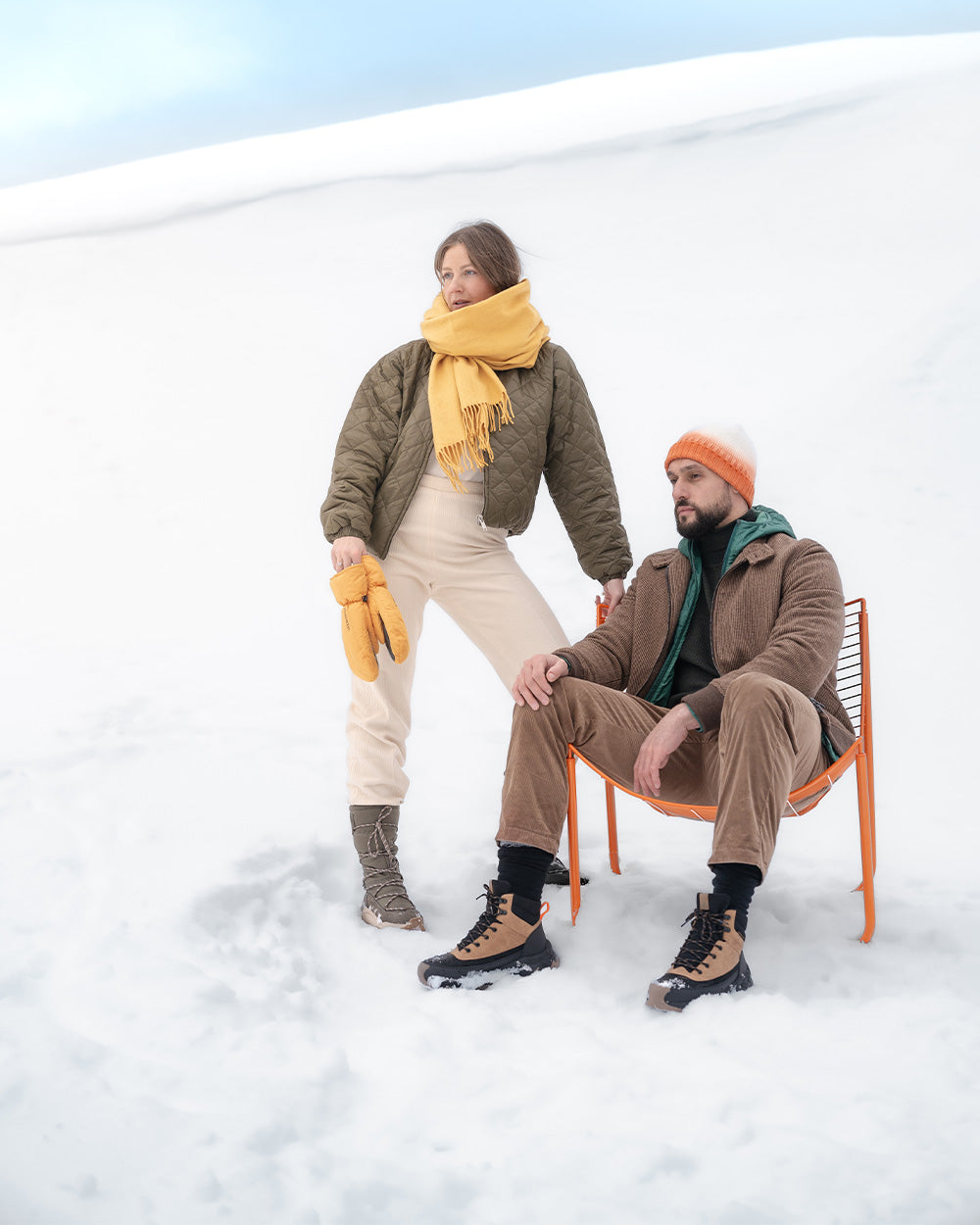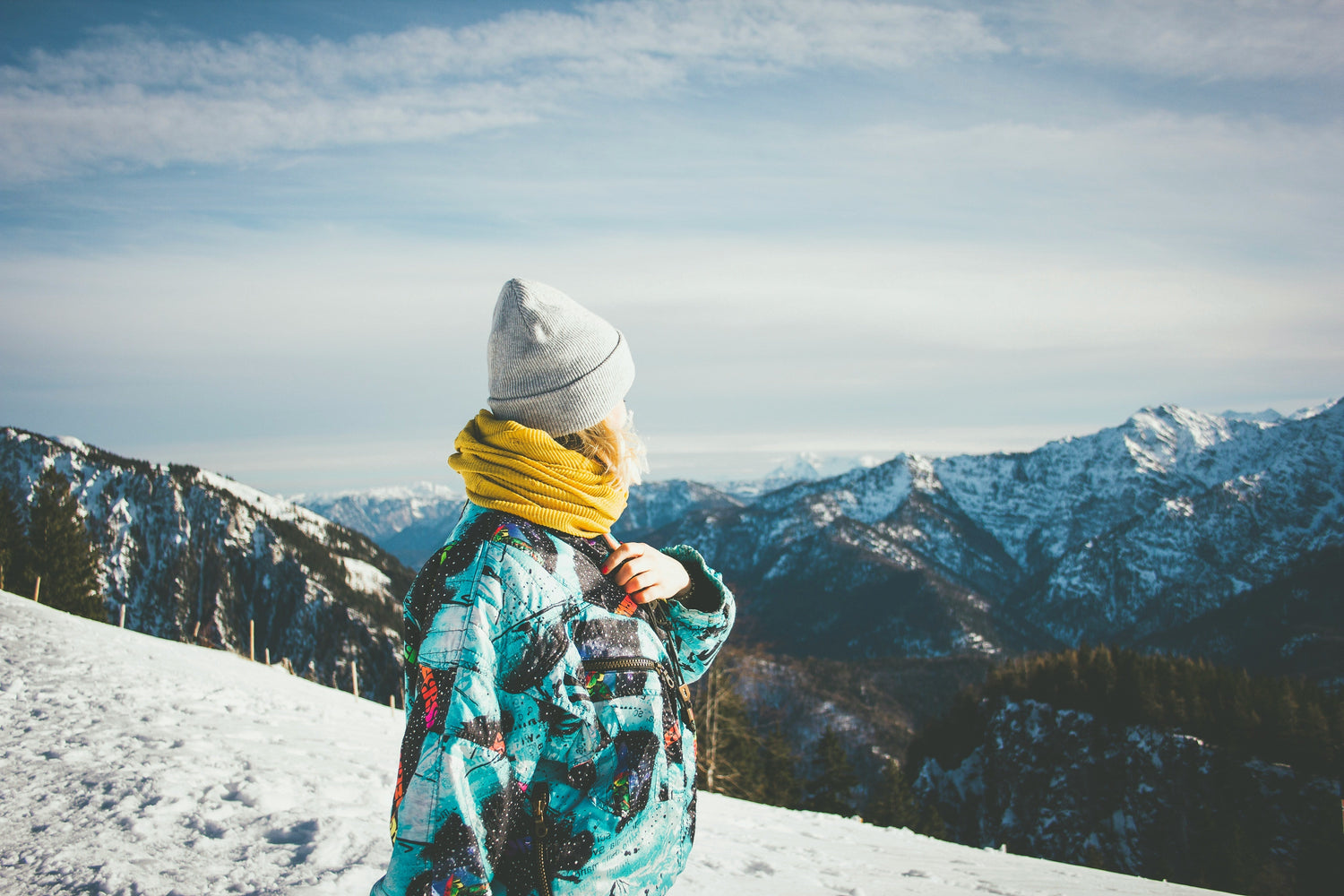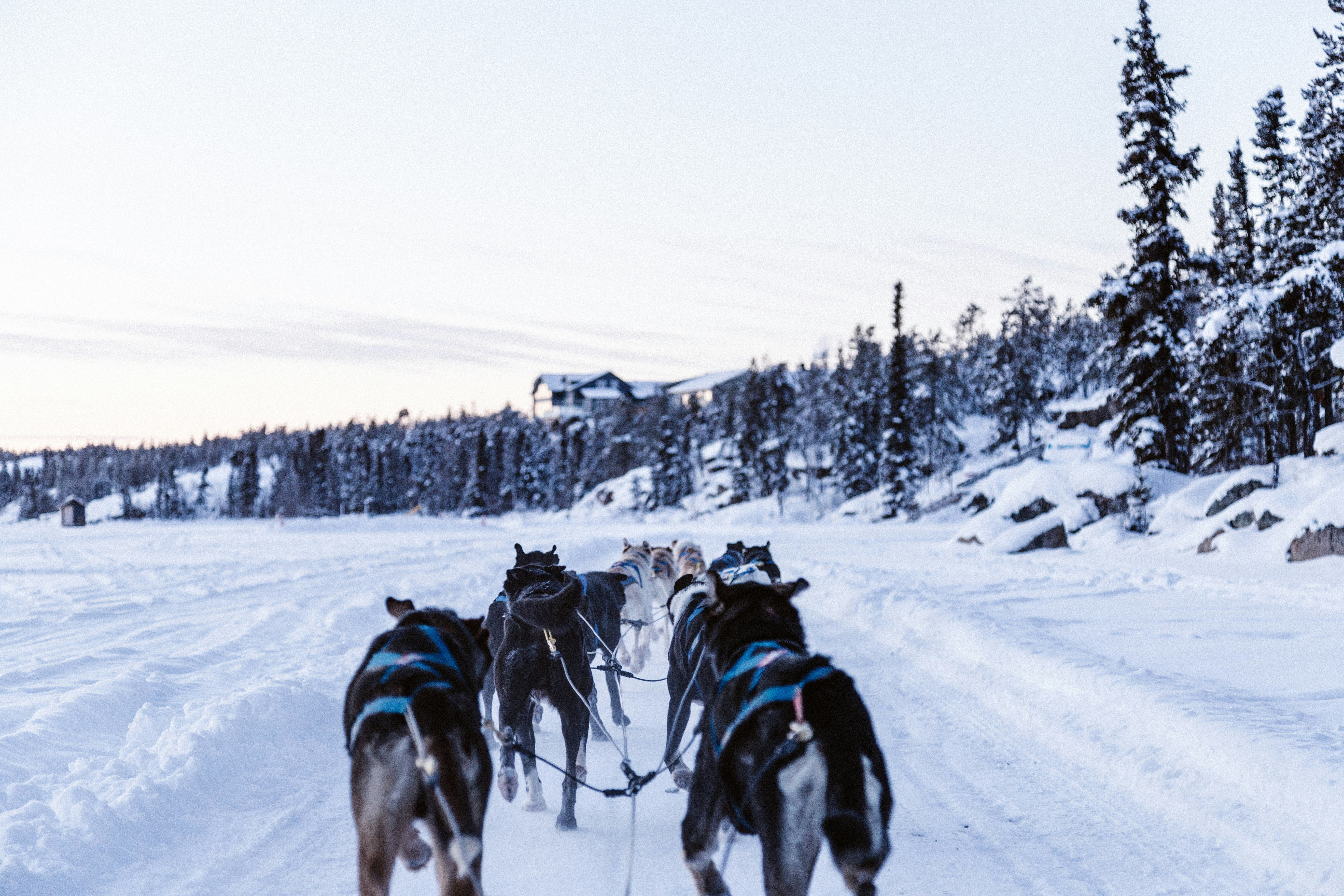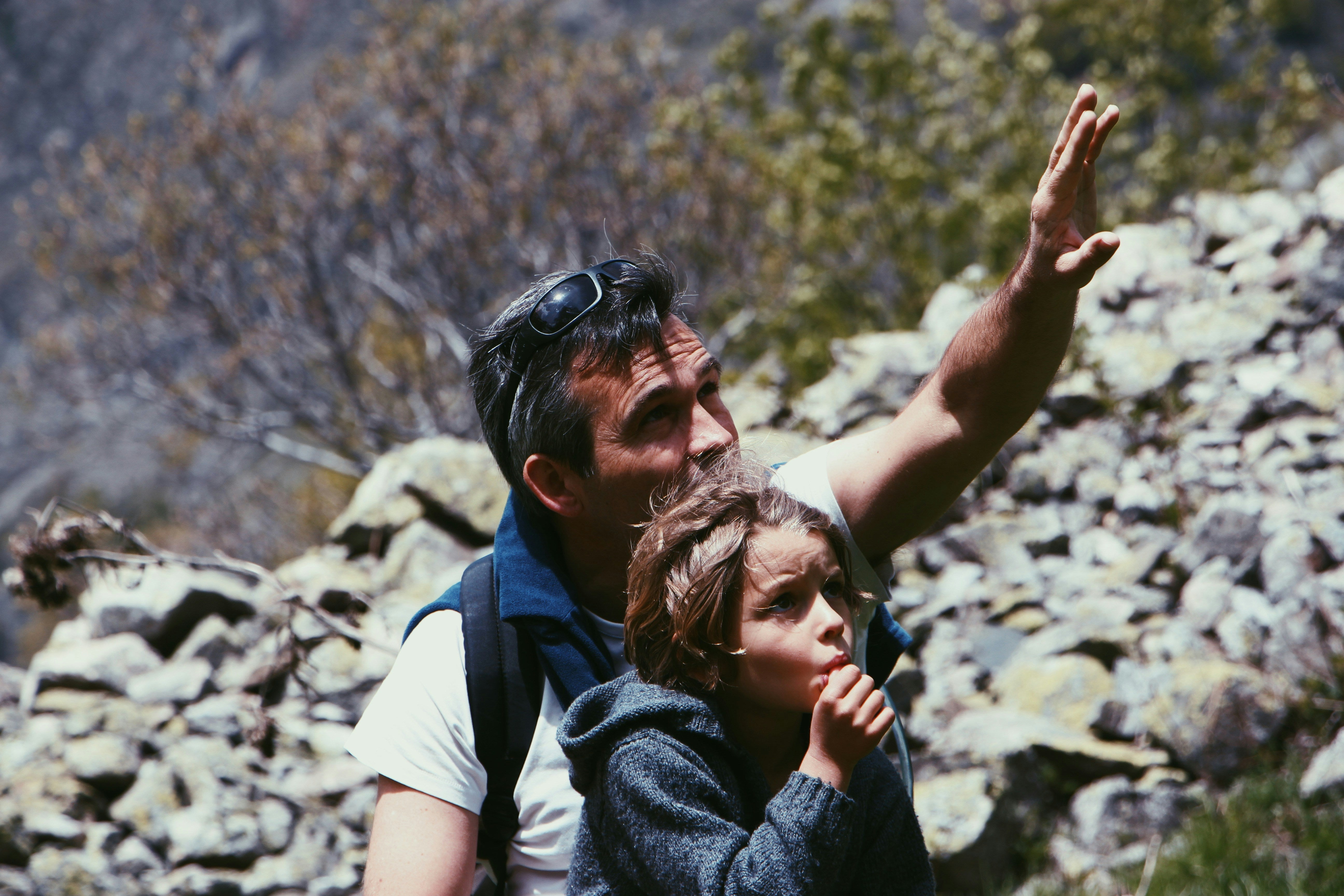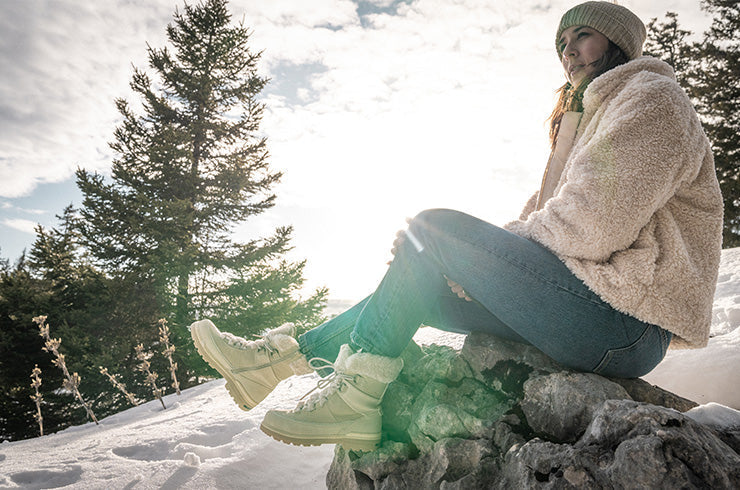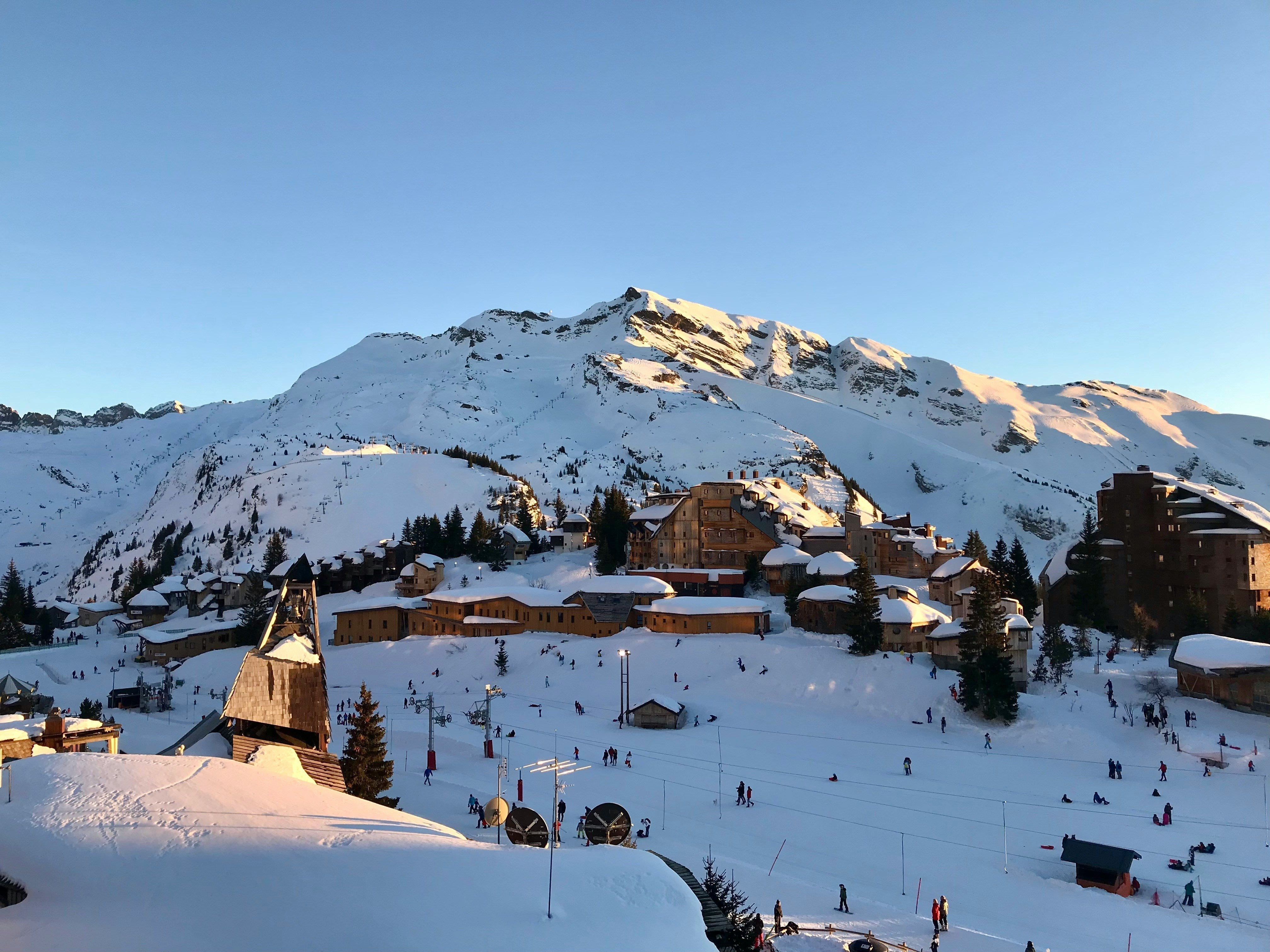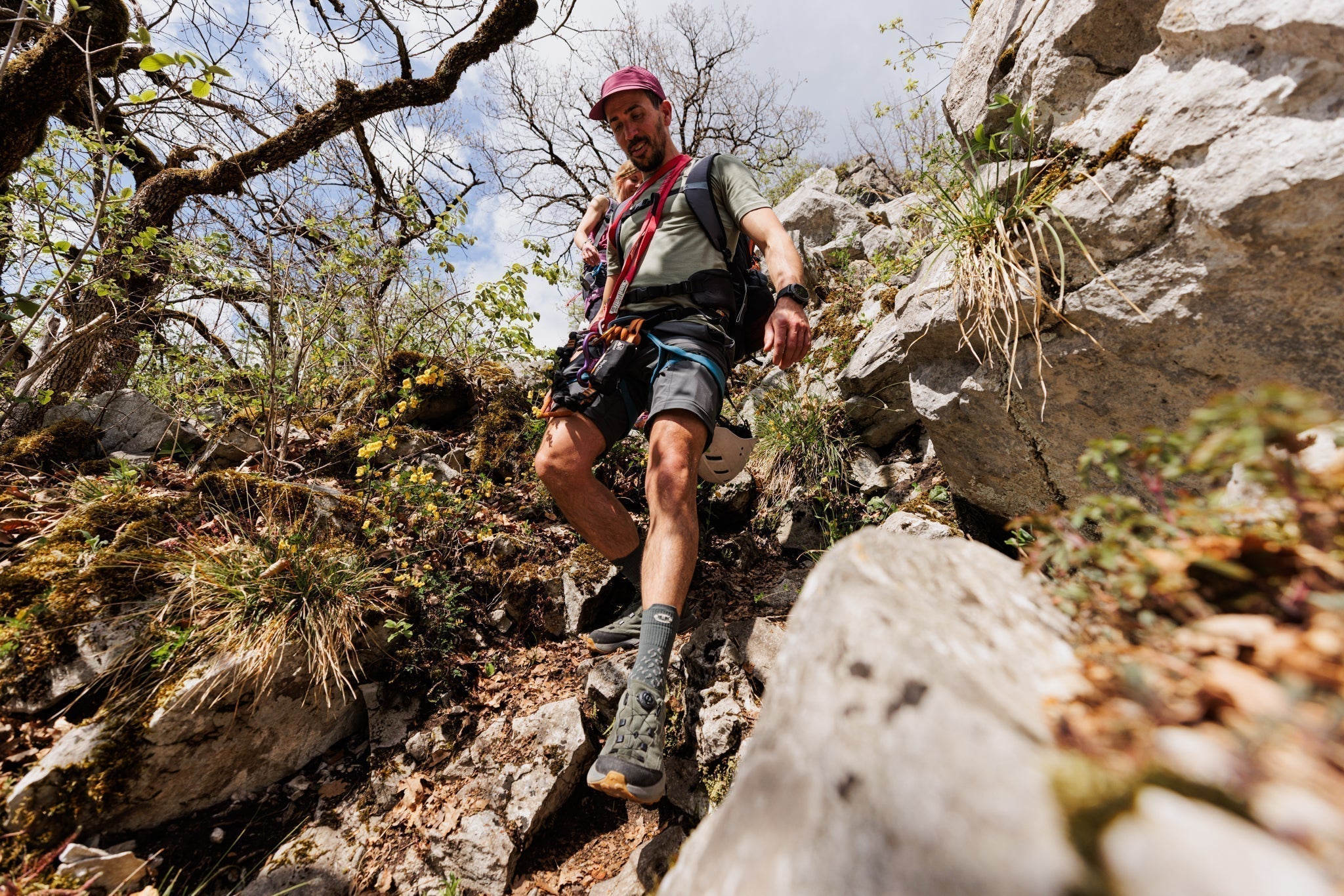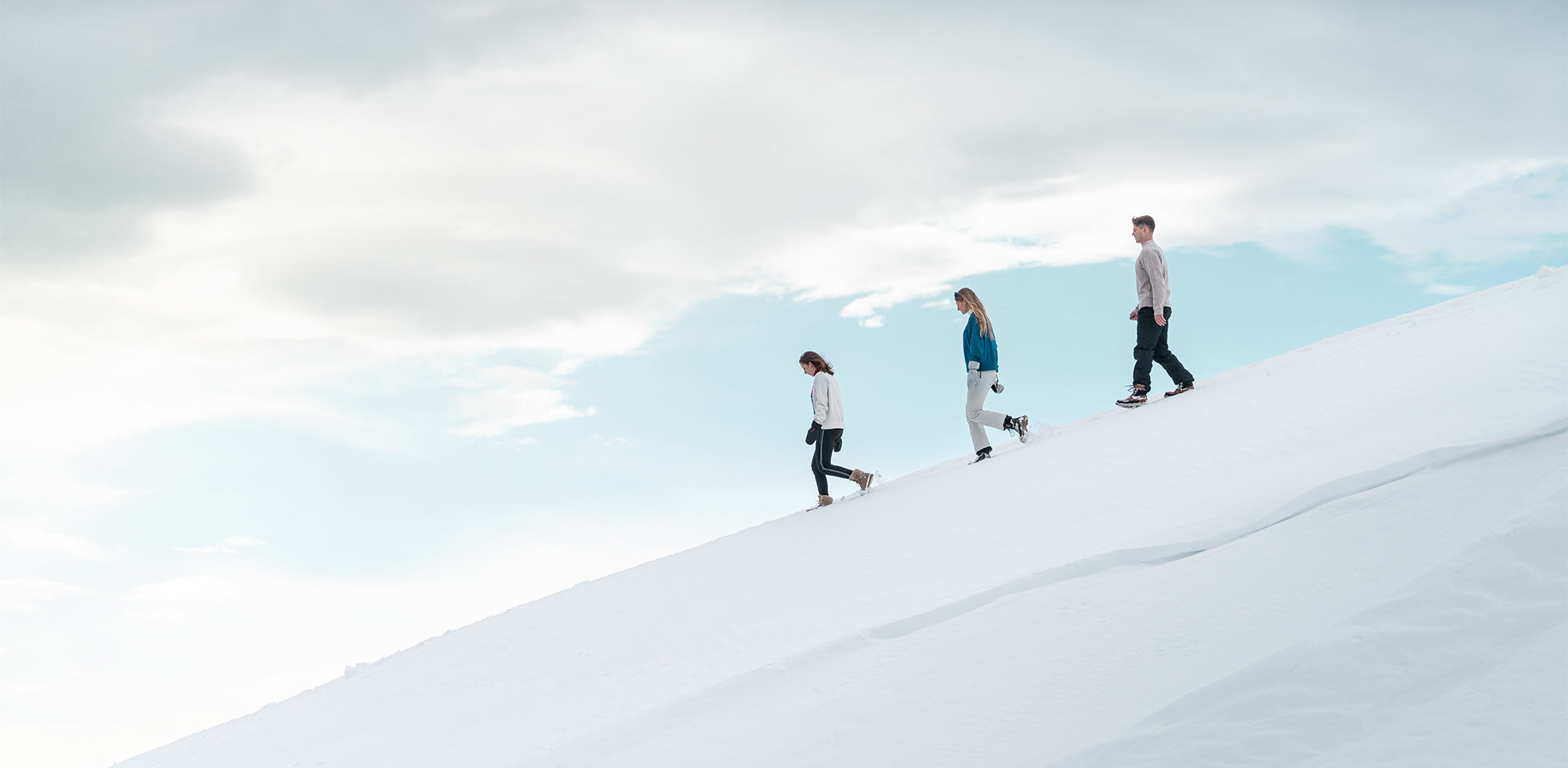Are you tired of running around everywhere, even on vacation? Slow outdoor may be what you need. Far from performance and endless to-do lists, this practice invites you to slow down, savor each moment and enjoy nature in a different way.
In this article, we explore the reasons behind the growing craze for slow outdoor living. Health, disconnection, respect for the environment…
You'll soon understand why this movement is so appealing. Ready to slow down and take a deep breath? Let's go.
Slow outdoor: what is it?
Slow outdoor is a way to enjoy nature at a leisurely pace, far from the pressure of performance. Here, there is no question of breaking records or checking off summits one after the other. The idea is to savor each moment, whether walking, contemplating a landscape or simply listening to the birds singing.
Unlike more intense activities like trail running or mountaineering, slow outdoor focuses on the experience rather than the result.
Slow outdoor invites you to slow down, reconnect with nature and live fully in the present moment.
The 5 reasons behind the slow outdoor craze
01. The need to disconnect
In a world where everything is moving too fast, slow outdoor living offers a breath of fresh air. Far from notifications and constant noise, it allows you to refocus on what is essential: calm, nature, and the present moment. Walking quietly in a forest or watching a sunset becomes a real moment of serenity.
02. A search for authenticity and simplicity
Slow outdoor living responds to a desire to return to simple pleasures.
It's also a way to consume less: no need for sophisticated equipment or complex planning. A water bottle, good shoes , and off you go.
03. Respect for the environment
Taking your time also means adopting a more nature-friendly practice. By slowing down, we leave fewer traces and pay more attention to our ecological impact. This movement aligns with sustainable values: reducing our footprint, favoring gentle activities, and preserving the places we visit.
04. Physical and mental benefits, accessible to all
You don't need to be an athlete to practice slow outdoor. A walk in the forest or a quiet outing by a lake is enough to feel its benefits: calm, renewed energy, and even better sleep. It is an activity open to everyone, children and adults, beginners and experienced.
05. A trend driven by social networks and influencers
Social media, especially Instagram, plays a role in this popularity. Hashtags like #SlowOutdoor or #SlowTravel highlight calming landscapes and simple moments that inspire. But beyond the image, this practice appeals because it responds to a real need to slow down.
How to adopt slow outdoor?
Slow outdoor living is above all a state of mind: taking your time, listening to your desires and enjoying every moment.
Here are some tips to get you started:
➜ Choose suitable activities: opt for quiet walks, a night in a bivouac, or even a meditation session in the great outdoors. The goal is not performance, but experience.
➜ Prepare minimalist equipment: no need to overload yourself: good shoes , a water bottle, a snack, and a light bag are enough for most outings.
➜ Take the time to plan: not to organize everything down to the last detail, but to choose a route that fits your pace and leave time for breaks.
➜ Observe and savor: stop to listen to the birds, admire the details of a tree or let yourself be surprised by a landscape.
Where to practice? Quiet and uncrowded places are perfect to start: a forest near your home, a lake, or even an open plain. No need to go far to feel the benefits of slow outdoor.
Slow outdoor: a lifestyle or a trend?
Slow outdoor goes far beyond a simple fad. For many, it is part of a global approach to slowing down: prioritizing quality over quantity, whether in their activities, their diet or their travels.
It’s a natural extension of movements like slow food or slow travel. Those who embrace this philosophy seek to reconnect with themselves, reduce their environmental impact, and live richer, even if simpler, experiences.
But is it sustainable? Yes, because this practice meets deep needs in our modern societies: less stress, more meaning, and a better relationship with nature. For many, slow outdoor living becomes a habit, a regular moment to refocus and escape the hectic pace of everyday life.
Ultimately, it’s not just a way to move through nature. It’s a way to rethink your relationship with time, the environment, and yourself. A practice that has everything it takes to last.
Ready to slow down and fully enjoy nature?
Slow outdoor is an invitation to take your time, to reconnect with the essentials and to rediscover nature in a different way. Whether you are a fan of long hikes or you are starting out with a leisurely stroll, the important thing is to savor every moment.
So why not give it a try on your next outing? Grab your bag, choose a spot of nature near you, and let yourself be carried away by the rhythm of your steps.
And because we love discovering your moments of escape, share your experiences with us on Instagram using the hashtag #Kimberteam. We can't wait to see your slow outdoor moments and your favorite places!
Want to go further?
If slow outdoor inspires you, discover our other articles to enrich your experiences:
➜ The 5 best apps for planning your outdoor activities
➜ Hiking and hunting: our advice for enjoying nature safely
Our articles are full of ideas and practical advice to support you in your transition to a more peaceful lifestyle connected to nature.
Happy reading!

